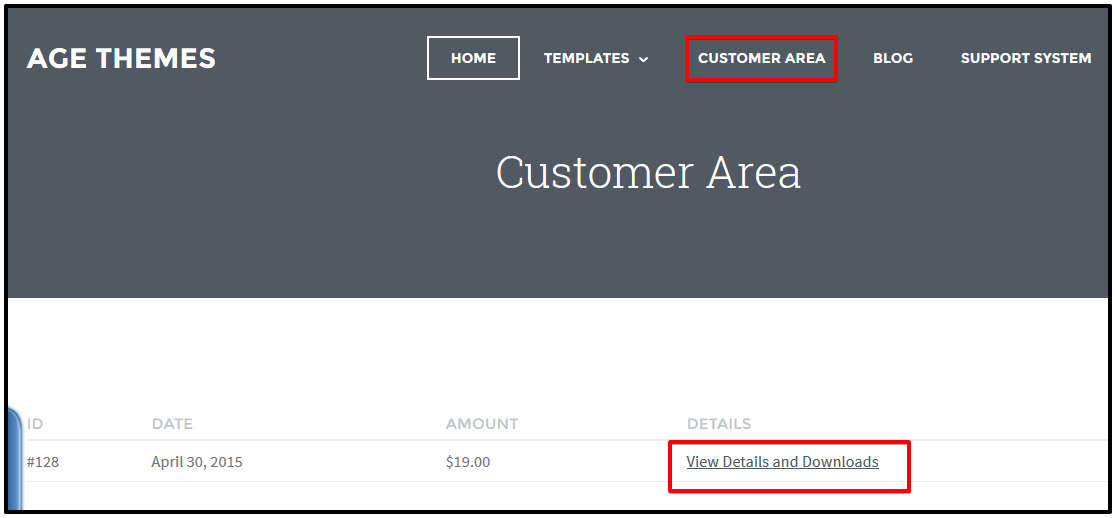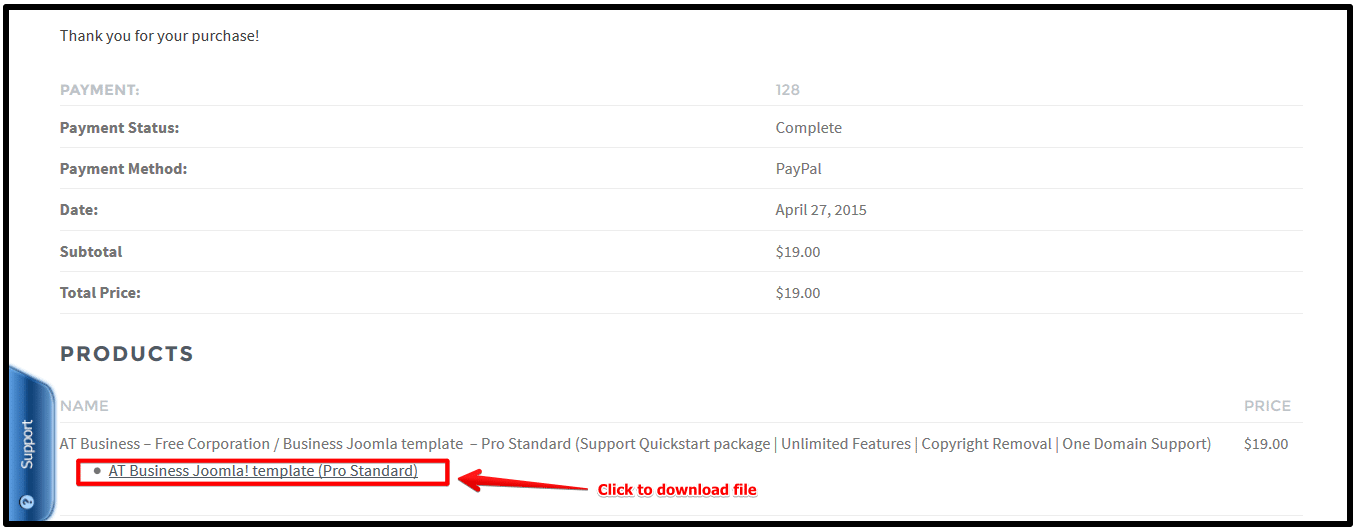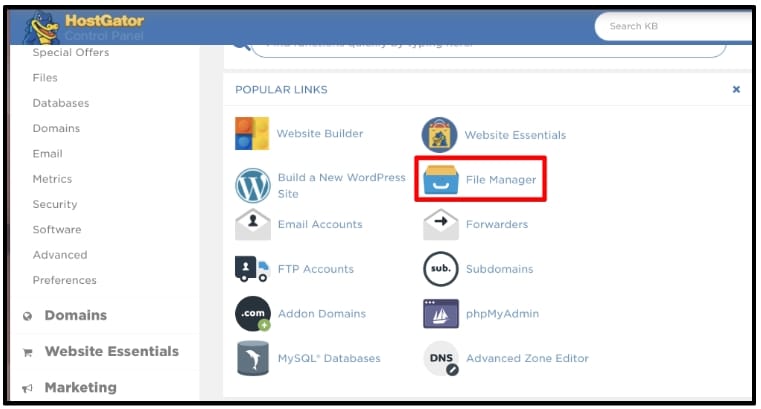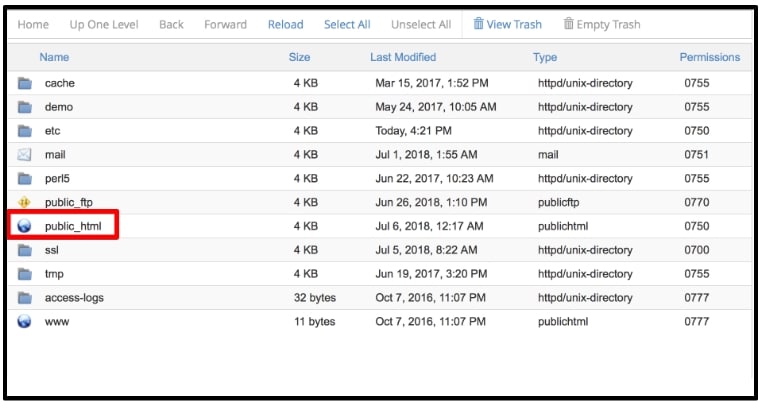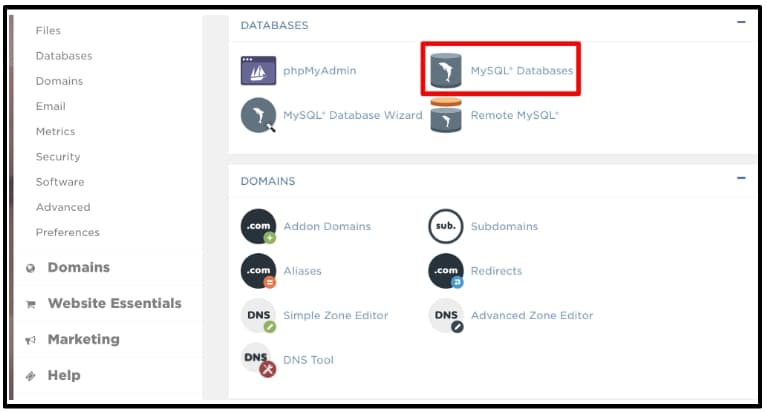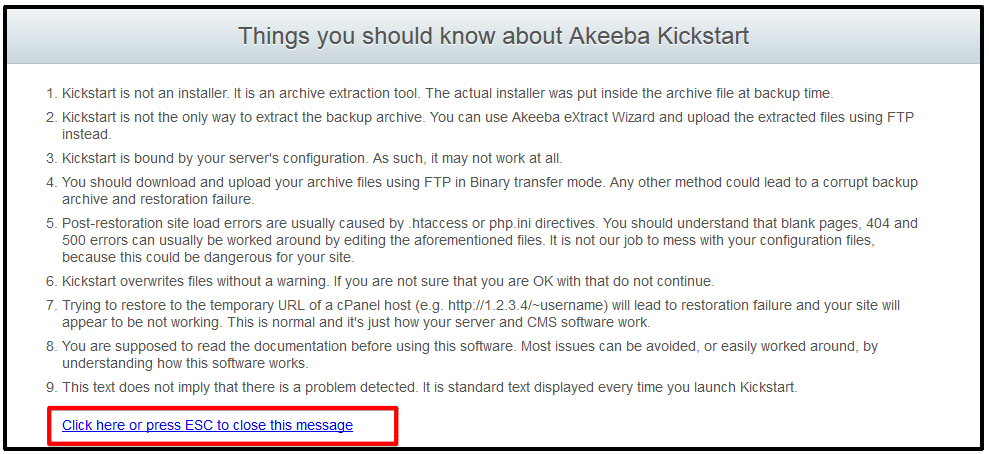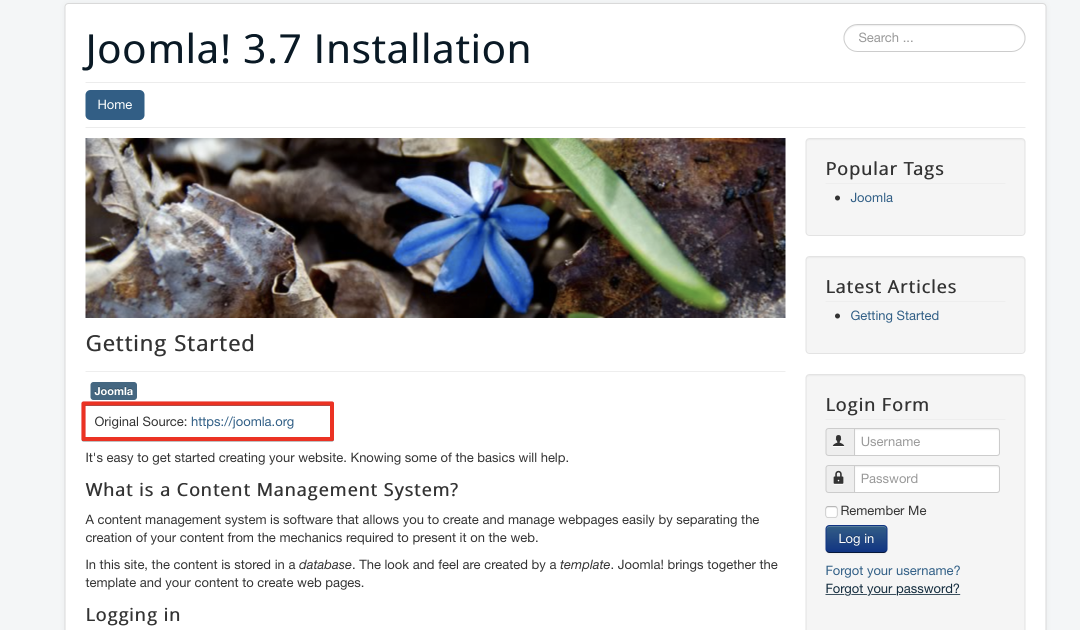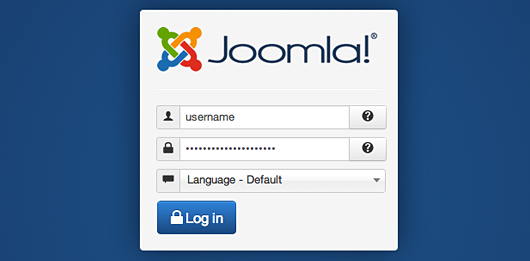Introduction
Akeeba Backup is the most popular Joomla! extension for backup and restore Joomla! website. In this blog, I will intro you about how to install Quickstart Package that using Akeeba Backup and Kickstart files.
Get Quickstart package
As an example for this blog instruction, I use AT Business Joomla! template, when you go with Pro version (Pro Standard or Pro Unlimited), you log in to Customer Area (login required) and download AT Business package
Picture A.1: Customer Area, AT Business download package
Picture A.2: Download AT Business package
After download it, you unzip the package and you will see three sub packages includes AT Business Template Install Package, AT Business Quickstart package and the Documentation.
Picture B: Downloaded package, unzip packages and three sub packages
The installation process is easy and requires just a few clicks. You won’t need any coding or design skills to install a fully-functional Akeeba kickstart within minutes.
Upload Quickstart package to your hosting/server
In case you already have hosting package, you can install Quickstart package on your hosting follow options
Option 1: Upload with cPanel if you’re using hosting that support cpanel
Step 1: Upload theme Quickstart files
If your hosting support cPanel (such as Hostgator.com), you can go to cPanel > File Manager, go to your website folder and upload theme Quickstart files. Please unzip file after uploading.
Step 2: Create new database
Create new database for your website via Database Manager in Hosting controls. If you don’t know how to create database, just read hosting user guides or contact hosting support staff.
After uploading all the files, let’s move to section IV to continue installing Quickstart package
* If your hosting don’t support cPanel or File Management to unzip it, just unzip it on your local PC and upload it via FTP Client such as FileZilla or Cyberduck, godaddy
Option 2: Upload with FileZilla if your hosting only support FTP
Once you connect, simply browse your local drive to upload from the Local Site window on the left. Drag the files to an appropriate folder in the Remote Site on the right, e.g. /var/www/html
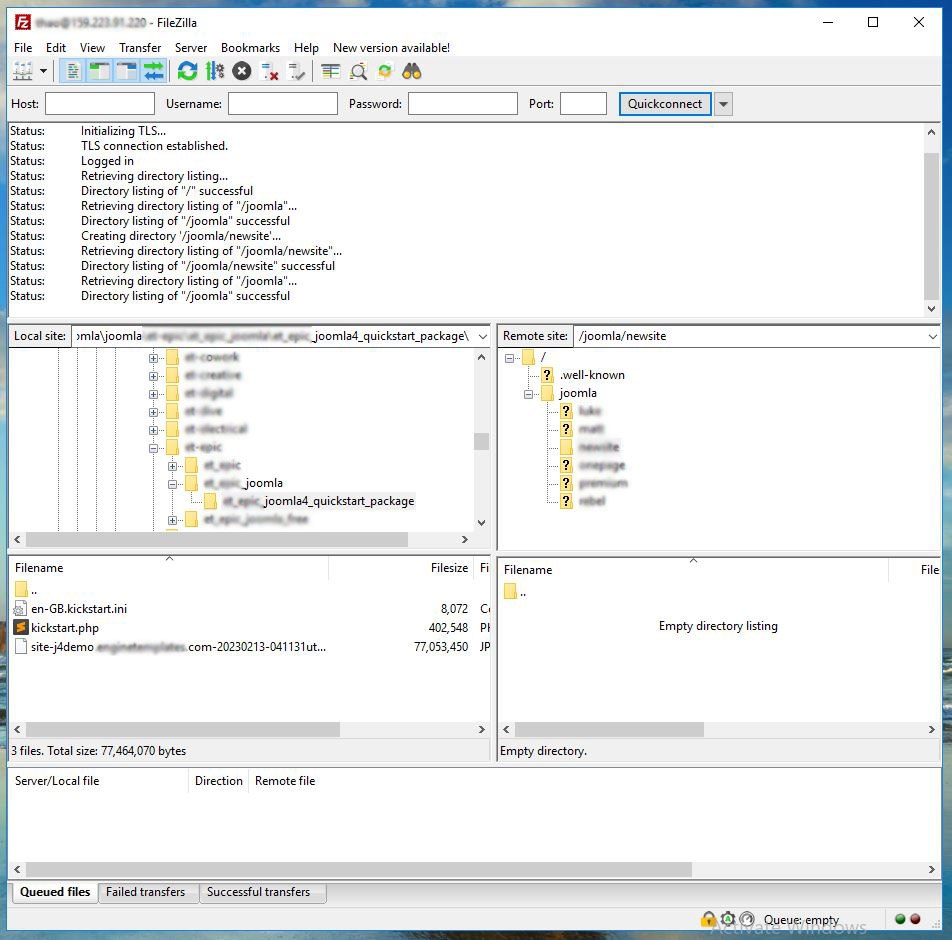
After uploading all the files, let’s move to section IV to continue installing Quickstart package
Option 3: Upload with localhost if you’re XAMPP or other apache on your PC
Installing quickstart package on the local host is straightforward but can be tricky the first time you attempt it. So for this step we’ve provided instructions on how to do it right from scratch.
Now, in order to run quickstart package, you need not only a web server, but also 2 more things: PHP script interpreter and MySQL database system. It sounds complicated but thankfully, there is a single package called XAMPP with all the elements included.
Let’s install XAMPP on your computer.
Step 1: Installing XAMPP
- Download the XAMPP and view Install Xampp Locally PC/Windows
- Run the installation file as you do with regular software and follow the step by step instructions.
- Open “XAMPP Control Panel Application” and start “Apache” and “MySQL”.

That’s it, your localhost is now installed. You can check if it works or not by typing the address: “http://localhost” in your web browser.
Step 2: Create a database in phpMyAdmin.
From the XAMPP interface, click phpMyAdmin to start creating the database.
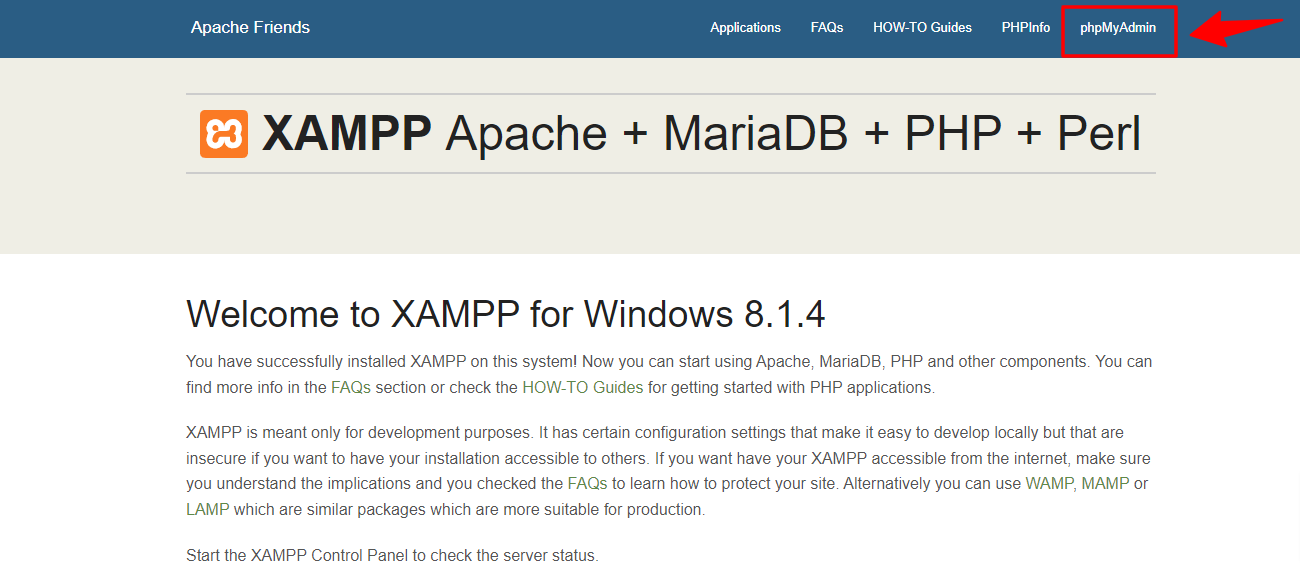
Next, click Database in the toolbar as illustrated in the following

And enter the database name and then click “Create”
Now you are ready to install quickstart package.
Step3: Create a new folder in older “htdocs” in the XAMPP folder.
– Create a new folder entitled “test-quickstart” in folder “Test” in folder “htdocs” in XAMPP folder. Normally it will be located at “C:\xampp\htdocs”.
– Unpack the downloaded package file into the folder “test-quickstart”.
– Go to the URL “http://localhost/Test/test-quickstart”.
After uploading all the files, let’s move to section IV to continue installing Quickstart package
Install Quickstart package
So, all files uploaded, we start to install Quickstart package step by step:
Step 1: Run file ‘kickstart.php’
Run file ‘kickstart.php’ by access your domain, for example http://yourdomain.com/at-business

Picture II.1a: Run ‘kickstart.php’ file
* Trouble shoots:
– If you got 500 error when you run it, please change permission for all Quickstart files and try again.
– If you got 404 not found when you run it, please recheck folder that you uploaded, it might be uploaded to the wrong folder in your hosting.
In Install Panel, please select the backup file, it’s JPA file format (.jpa), not select or use default ZIP (.zip) file.
Picture II.1b: Intro about Akeeba
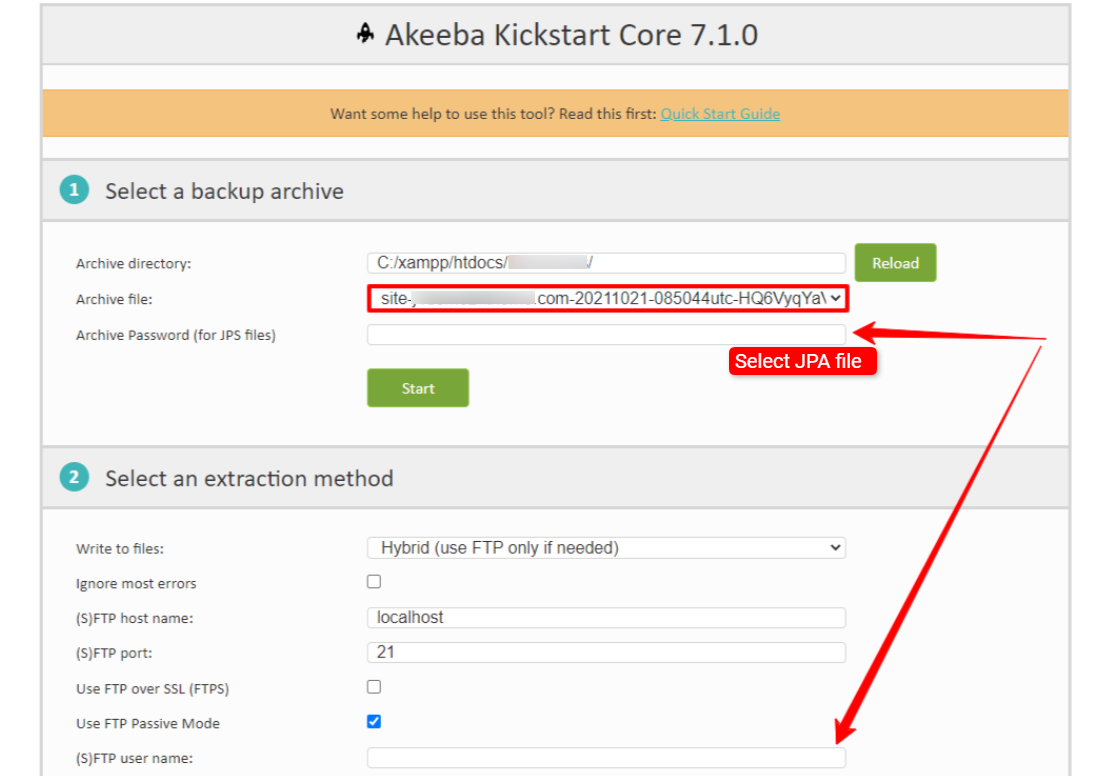
Picture II.1c: Select backup file
* Trouble shoots:
– If you got ‘Wrong Files’ after this step, so you select ZIP (.zip) file instead for correct JPA (.jpa) file, so just back to Install panel and re-select JPA (.jpa) file.
– If you got an error that ‘Can’t Extract File’, so you should use other methods to extract it. Default extra method in kickstart tool use ‘Hybrid (use FTP only if needed)’, but in some case, if your hosting does not accept it, just use ‘Directly’ method instead, you can select it via ‘Write to files’.
Step 2: Run the Installer
After extracted files, you just click to button ‘Run the Installer’ to go to the next step.

Step3: System pre-check
After clicked to ‘Run The Installer’, you will move to the next step. This is System Checking panel as you can see below, just click ‘Next’
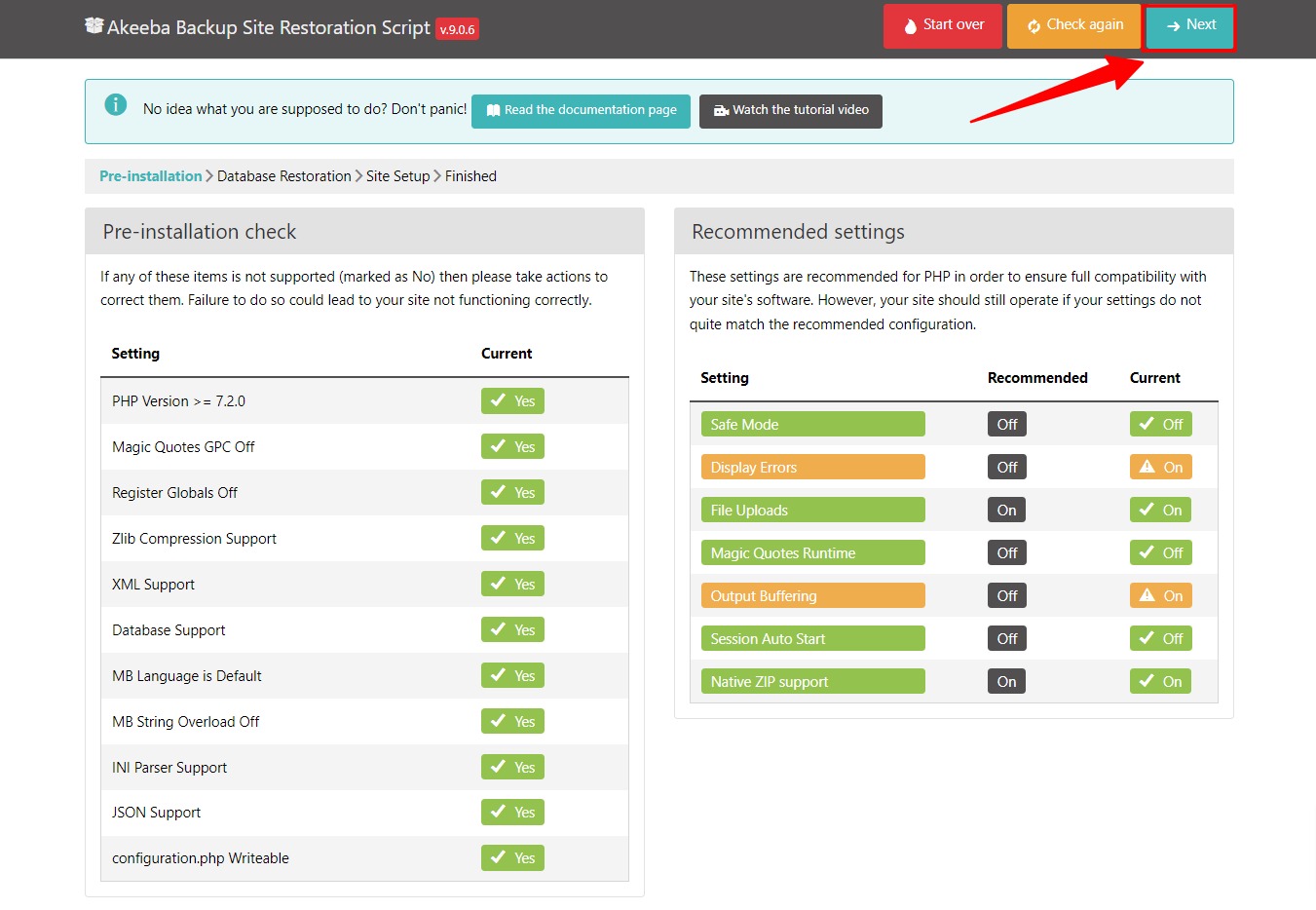
Picture II.3: System Checking panel
* In some cases, if you have different PHP version, you will get a warning message above, but don’t worry, it’s fine!
Step 4: Enter the information
Enter your database information such as database server hostname (default is localhost), database username, database password, database name, database prefix, etc.
P/S: “Allow UTF8MB4 auto-detection” unchecked.
Check the “Force UTF-8 collation on database” and “Force UTF-8 collation on tables”
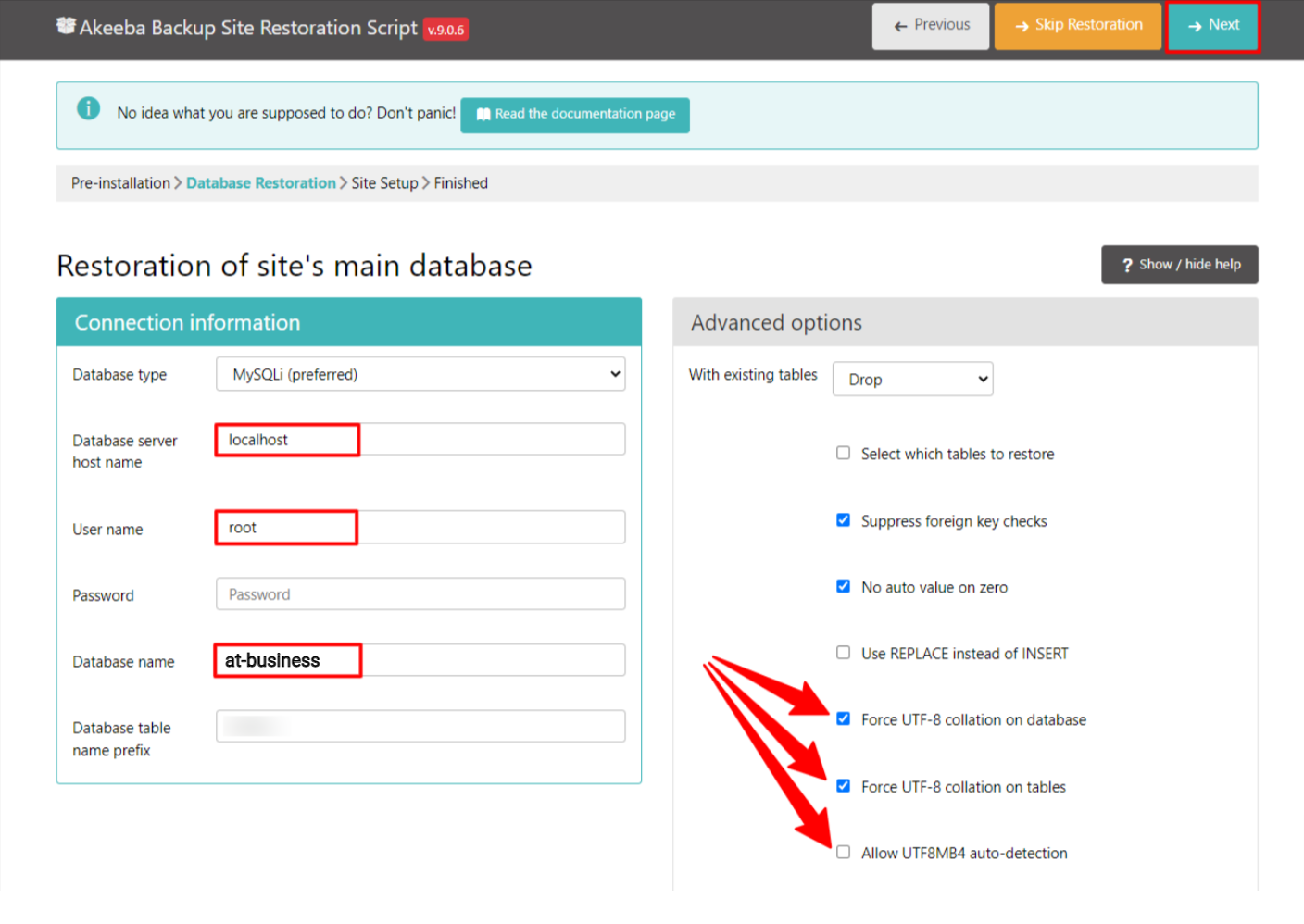
Picture II.4a: Put your database information
After entering your info, click ‘Next’, if you put all correct info, so it will appear a message ‘The Database Restoration Successfully’. Otherwise, it will appear a message about ‘Can not connect database’, so you should recheck database information.
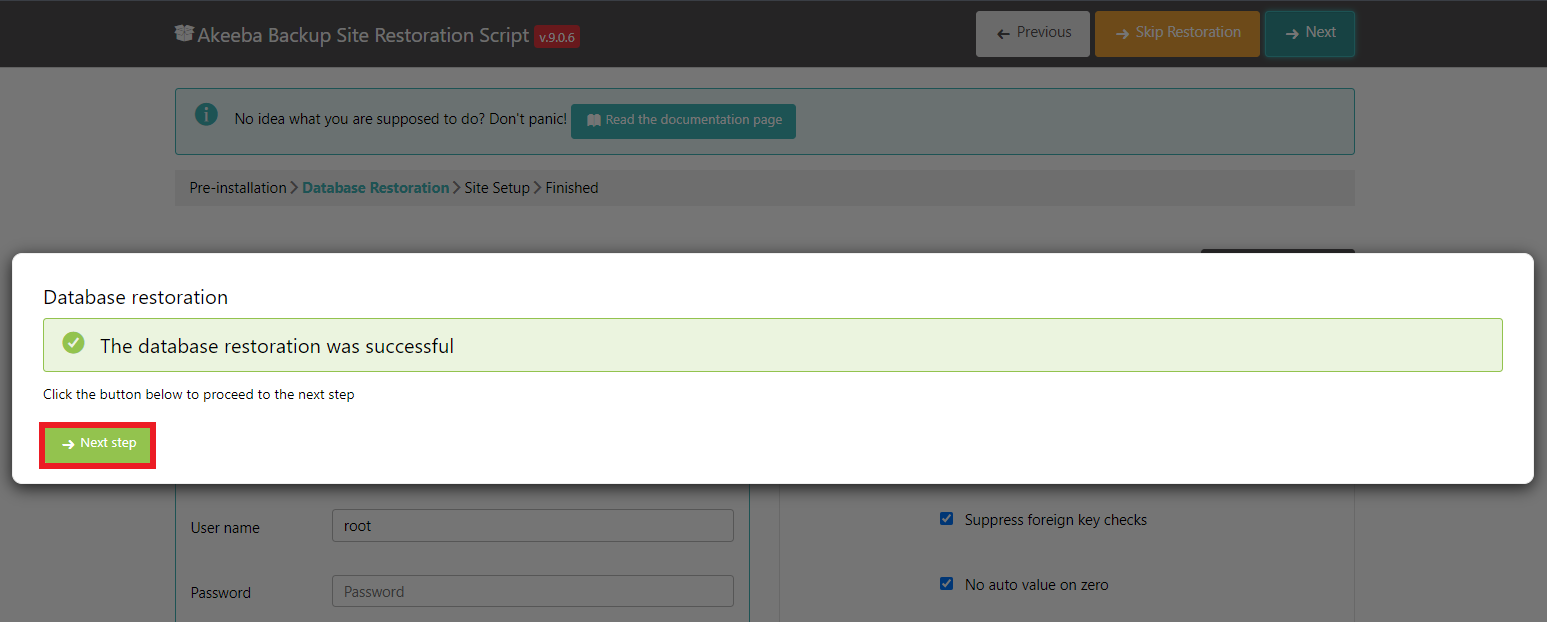
Picture II.4b: The Database Restoration Successfully
Step 5: Site info
In this step, you need to fill out Site Info as well as FTP Layer Option (this option should be kept as default, we can change it later).
It’s necessary for you to define a new username and password for the admin account. You should enter a new password.

Step 6: Last step to remove the installation folder
Last step to remove the installation folder and ready to see your website

Picture II.6a: Remove installation folder
Yes, this step is last step to process install Quickstart, just click to button ‘Clean Up’ to clear up Kickstart files which includes in backup by default. It will make your source clearly. Also with file backup ‘.jpa’.
Just click to button ‘View your site’s front-end’ and ‘view your site’s back-end’.

Picture II.6c: Visit your site’s front-end

Picture C: Site is ready
Video instruction
1/ Install on localhost
2/ Install on hosting panel
Troubleshoots
If after finish install, if your website return sample data but without CSS like the screenshot below
In this case, you just open file ‘configuration.php’ located at the root of your source code and search for
$live_site = “your_domain.xxx”;
and leave it blank like as below
public $live_site =””;
Save and it will work.
*** If when you log in but it doesn’t work and doesn’t have an error message, just open file “configuration.php” (located at the root of your source c0de)and search for the string “$cookie_domain”, then just leave blank for this option. Normally, when you got this problem, it caused by your domain cookie that you put. So, just leave it blank as the default setting for this option.
Default Login
1. Default login: http://yourwebsite/administrator
username: j4admin
A password like you created at Step 5 (If you left it as blank, so default password is j4admin@happyworks )
2. If you changed Supper User Settings during install Quickstart package (Step 4), you must use that login info. If you forgot it, you can see this instruction how to restore Joomla! password.
Conclusion
Akeeba Backup is really useful software that helping to create Backup and Restore easily. Most of the template provider use this method instead for default Joomla! quickstart package. Because in some hosting config, you will have problem with Joomla! installation, but Akeeba Backup and Kickstart can solve it. Thank you very much for the powerful tool Akeeba!
